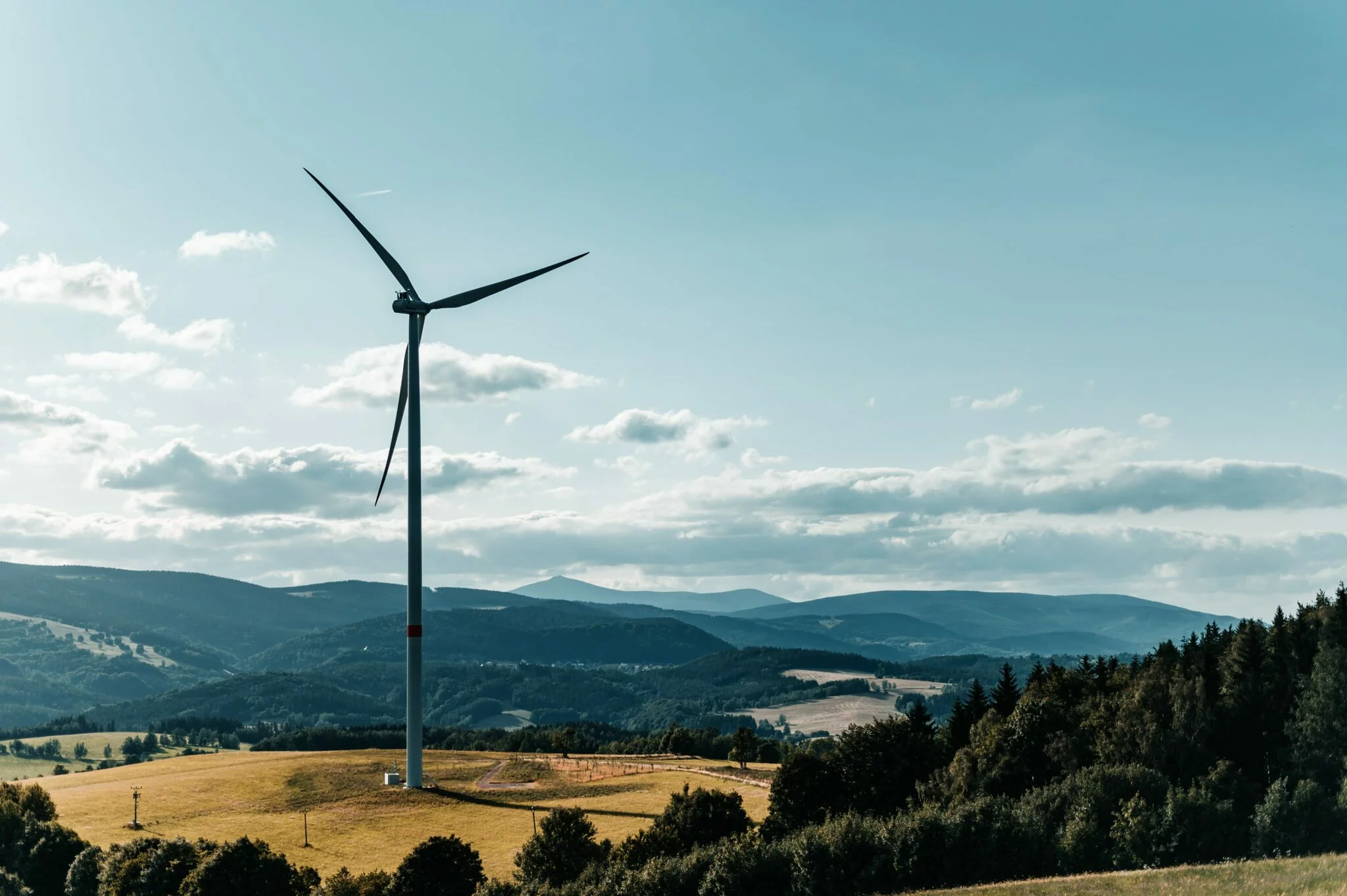In an upcoming new report, The Asia Foundation and Vivid Economics identify opportunities and propose realistic measures for the governments of China, India, Japan, and Korea to make their stimulus packages more green.
By Juan Wei and Kim DeRidder
As countries begin to crawl out from under the impact of the global pandemic, the world is still far from well. As devastating as Covid-19 has been and continues to be, the more enduring threat of climate change still looms on the horizon. Climate change will have an even more calamitous impact on humankind if swift and timely actions are not taken to reverse the risk. As countries begin to adopt massive stimulus packages to get their shattered, post-Covid economies moving again, they have a unique opportunity to also get them moving in the right direction, towards a green recovery.
Unfortunately, much of this economic stimulus includes continued and even expanded investment in fossil fuels, or in fossil-fuel-intensive industries like coal-fired power generation, mining and reefing (ore removal), and other industries that miss the environmental mark. Asia is responsible for roughly half of the world’s greenhouse gases, with Asia’s largest economies—China, India, Japan, and South Korea—at the forefront. How these leading Asian countries pursue their post-Covid economic recoveries will make a critical difference in global efforts to meet the climate targets of the Paris Agreement, and it will also establish a model for other countries in Asia.
As devastating as Covid-19 has been and continues to be, the more enduring threat of climate change still looms on the horizon.
A green recovery would significantly enhance the resilience of economies and societies in the face of future economic recessions and environmental challenges. While most countries in the world acknowledge the benefits of green recovery and are taking modest steps in this direction, their stimulus packages remain decidedly mixed. The European Union is perhaps the front runner in post-Covid green recovery, dedicating a large proportion of its stimulus budget to climate-friendly investments. The United States, initially at the opposite, polluting end of the spectrum when it announced its first, $3 trillion coronavirus stimulus package in May 2020 with no consideration of sustainability, dramatically changed course under the Biden administration, allocating $174 billion to build electric vehicle charging stations, another $100 billion to make the country’s electrical grid more resilient to climate stress, and other green recovery measures. South Korea, China, and India all have substantial green investments in their recovery packages. Yet all three are also supporting coal as part of their economic recovery plans. Japan’s first two stimulus packages featured little in the way of climate or environmental policies, but this changed with the country’s third and latest stimulus package, of December 2020, which earmarked significant investment for the nation’s green energy sector.
In an upcoming new report, The Asia Foundation and Vivid Economics identify opportunities and propose realistic measures for the governments of China, India, Japan, and Korea to make their stimulus packages more green. It also shows that green stimulus measures have been proven to provide short-term economic gains and build greater national wealth in the long term compared to business as usual. The report argues that green recovery measures—such as investments in renewable energy, low-emission transport, energy efficiency, and nature-based climate mitigation and adaptation solutions—can provide higher levels of employment, better financial and economic returns, and more widespread social benefits than policies that seek to prop up archaic, polluting industries and technologies. Such green measures offer governments a win-win solution by maximizing stimulus effects in the short term and mitigating environmental degradation in the long term.
Green stimulus measures have been proven to provide short-term economic gains and build greater national wealth in the long term compared to business as usual.
Currently, green measures account for just 2–7 percent of the overall stimulus value in the four countries analyzed in the report. In each case, there is still too much in the way of unconditional bailouts for environmentally damaging sectors such as coal and airline companies and too little support for green transition of the four economies. The analysis notes that there are still significant opportunities to support sectors that can play a major role in greening national economies, such as industry, agriculture, energy, construction, and transportation. As a rule, aligning a country’s stimulus efforts with emissions-reduction and carbon-neutrality goals provides greater support to sustainable infrastructure, stimulates additional green investment in the industrial sector, and attaches green conditionalities to financing provided.
Building human capital has also been given short shrift in many countries’ Covid-19 responses to date, despite the fact that human capital is widely acknowledged as a vital component in a country’s green, sustainable economic recovery. To go green, countries must reduce the skills gap in green technologies by investing in their workforce, strengthening links between academia and industry, improving vocational training, and providing sustainability education to senior positions in the private sector, to name just a few key areas. For countries that still rely on coal for a significant portion of their electricity—in this case China, India, and Korea—the transition from coal should be accompanied by vocational training opportunities for coal industry workers to allow them a smooth transition to other careers, quite possibly in renewable-energy industries.
China, India, Japan, and Korea all share some similarities in their green stimulus measures, such as promoting low-carbon energy and distributed generation, investing in eco-friendly infrastructure, and supporting clean vehicles such as electric cars. But each country has its own unique challenges, not only in combating Covid-19, but also in transitioning to a low-carbon economic trajectory, and each must find its own path to cutting emissions and creating a climate-friendly economy.
Juan Wei is a senior program development manager and Kim DeRidder is director of environmental and climate action programs for The Asia Foundation. They can be reached at juan.wei@asiafoundation.org and kim.deridder@asiafoundation.org, respectively. The views and opinions expressed here are those of the authors, not those of The Asia Foundation.
This article was originally shared by The Asia Foundation.






